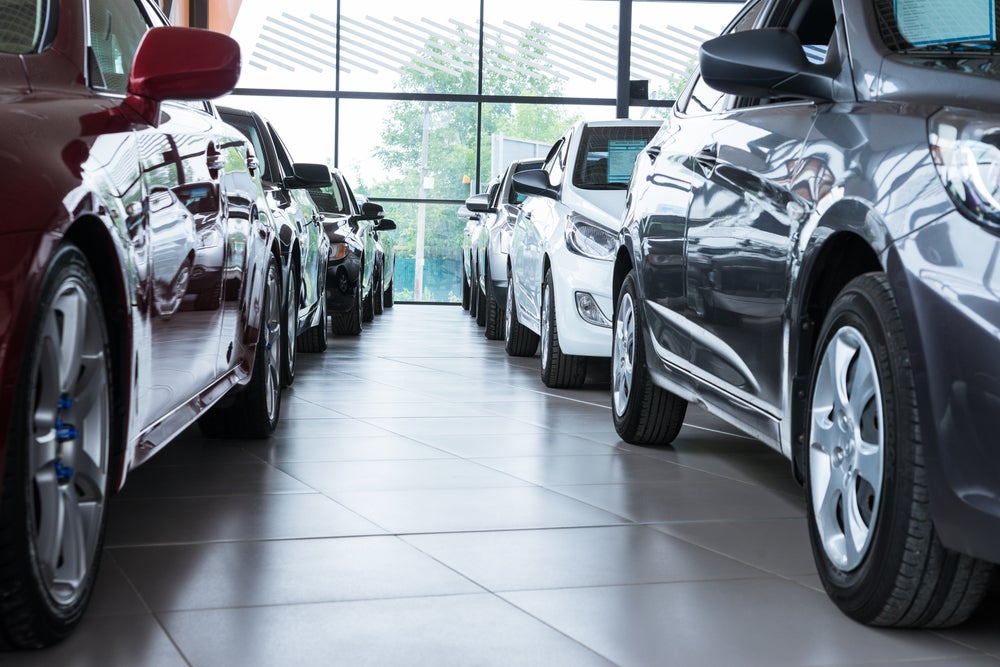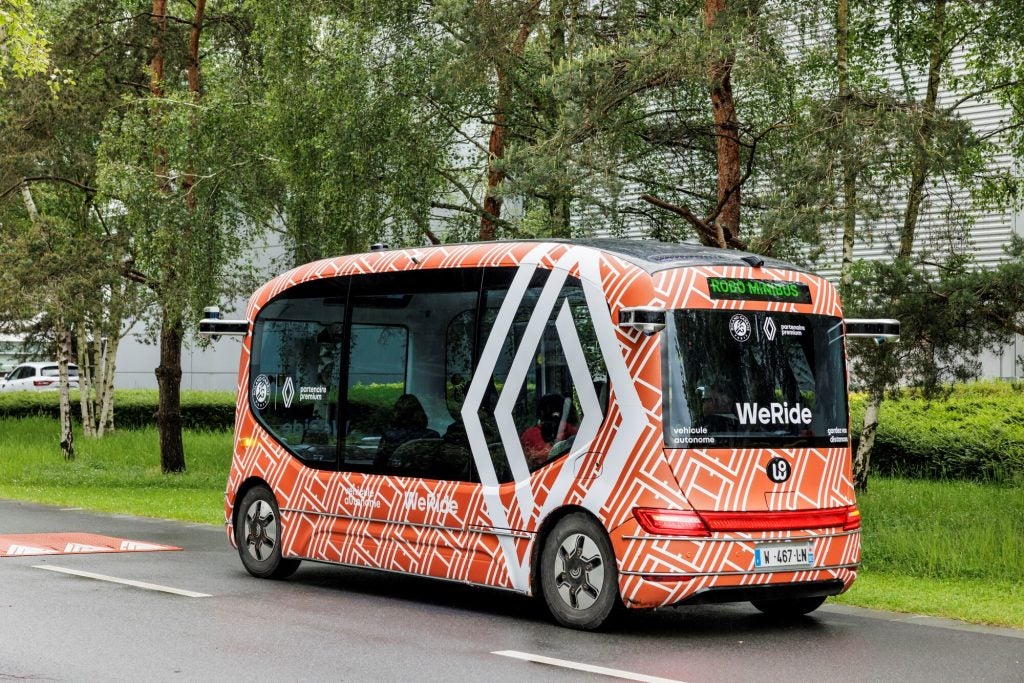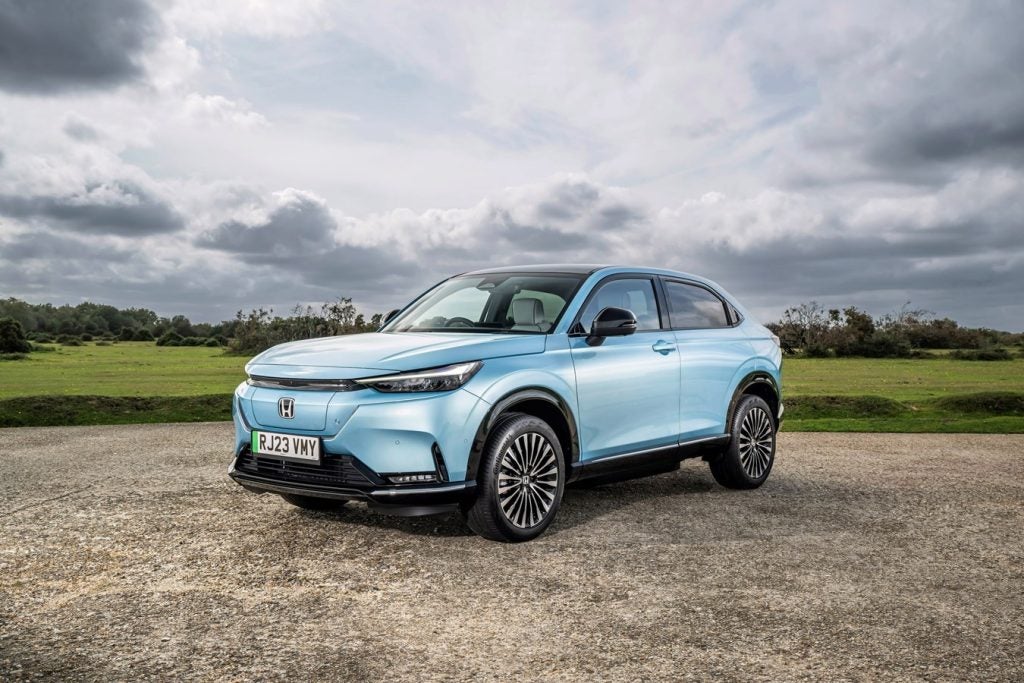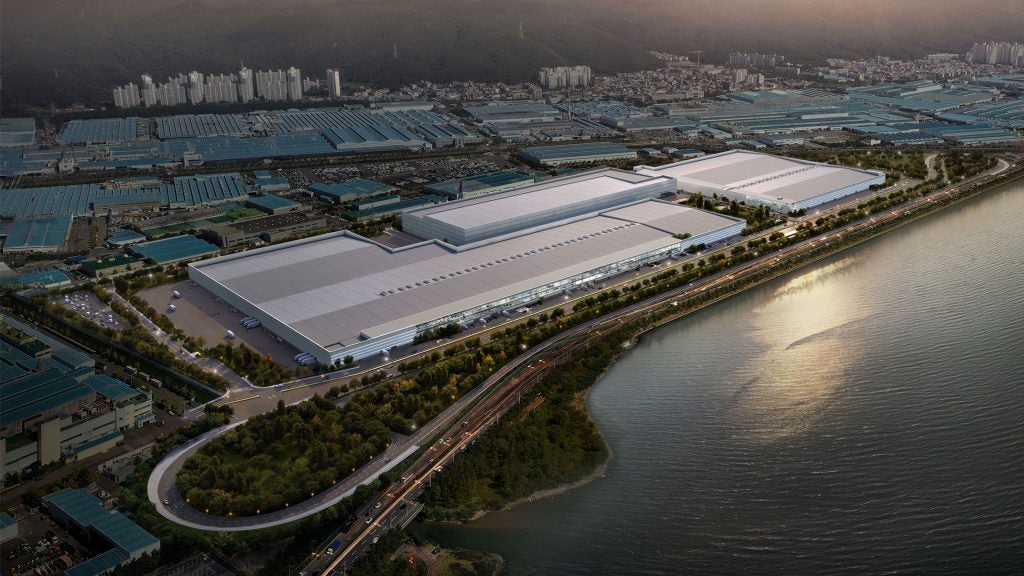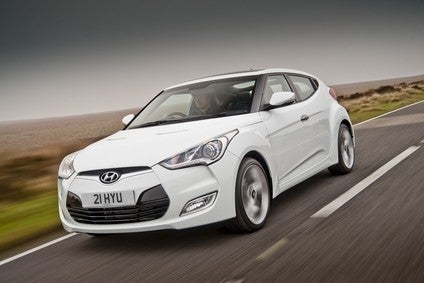
It’s not often that a vehicle is killed off just days after just-auto drives it. The lack of a diesel engine did for the Hyundai Veloster in Britain but the car is, however, still very much alive elsewhere.
The lack of a CRDi to go up against the Megane Coupe dCi and Scirocco TDI wasn’t the only reason why the UK importer decided to discontinue this quirky three-door hatchback. Segmentation had a lot to do with it too. Just as has happened with so many C segment coupes, buyers seem to prefer crossovers, SUVs and convertibles. So it’s understandable that no more Velosters will be rolling into Tilbury docks.
It’s not easy trying to come up with a new vehicle class. Models such as the Mini Coupé & Roadster prove that. Like the Veloster, they haven’t found a lot of favour with buyers here. The sad thing is, Hyundai chose to go all left-field when it came time to replace the near-beautiful Coupe, which was known as the Tiburon or Tuscani in some countries. That model was a big step forward not just for Hyundai styling but also handling. I well remember the first time I drove one and was amazed by how good it was. That was when it became clear that this was soon going to be a brand to take seriously.
The Veloster can’t have been a cheap project for Hyundai, that novel single rear door being a case in point. The company went to the trouble of building different body shells for left- and right-hand drive. The idea is that whatever side the steering wheel is on, your rear passengers always exit on the opposite side to the traffic flow. But look around you in traffic. Ever see people in the back seats of cars? Exactly. Which is why the British mainly spend their monthly PCP payments on small hatchbacks such as the Fiesta, Corsa, Polo and Mini.
The other problem that Hyundai’s three-door hatchback had was its interior. It’s good, but sexy it ain’t. And you have to thrill people when they’re compromising in other ways. I myself strongly dislike the cheap and flimsy looking silver plastic toggle switches in all Minis but I am in a small minority. This is a country where ‘Georgian’, a marketing term, is used to add value to usually crumbling and damp houses while ‘new build’ is the sniffy name applied to what are nearly always admittedly meanly designed little boxes with vertical stairs and flimsy everything. Ergo, ‘heritage’ equals premium pricing. The Veloster has very little in the way of special or unusual features. One of these, a blanking plate in non-turbo cars where the START/STOP button goes, looks awful.
What else is not to love? Glad you asked. In addition to a lot of hard, grey plastic (in a sports coupe?), the sun visors bang when you flip them back up. Tap the headliner as I did, after that, and you hear metal echoing. Not nice. And how hard would it be to specify a thicker lining? The test car, which was a 1.6 GDi, costs GBP17,000 or at least it did, whereas the Turbo was quite pricey at just over GBP21,000. Performance from the 103kW (140bhp) 1.6 wasn’t anything special. Zero to 62mph took 9.7 seconds and the top speed was 125mph (200km/h). The Combined average was 43.5mpg with CO2 emissions of 148g/km.
How well do you really know your competitors?
Access the most comprehensive Company Profiles on the market, powered by GlobalData. Save hours of research. Gain competitive edge.

Thank you!
Your download email will arrive shortly
Not ready to buy yet? Download a free sample
We are confident about the unique quality of our Company Profiles. However, we want you to make the most beneficial decision for your business, so we offer a free sample that you can download by submitting the below form
By GlobalDataI’m beating this car up but that wasn’t my intention – just pointing out some basic mistakes and what a contrast this model is to most other Hyundais at similar price points and above. Nonetheless, the Veloster been quite successful in many countries, and continues to be. Of the big five European markets, you can also still buy it in Germany, France and Spain so it’s just the Italian and British importers who won’t be getting next year’s facelifted model. Sales are also doing OK in South Korea, where it’s built (Ulsan) as well as in the US and Canada.
Australia is another strong market, and Hyundai itself is now a bigger brand down there than all but Toyota. Just shows you why GM Holden and Ford are closing their manufacturing operations. In November, the Korean brand grabbed 9.3% of a market that’s on course for a million units by year-end. The UK’s passenger car market is two and a half times that size but here, the curvy H brand has just 3.3% and registrations to the end of November totalled 77,408 cars. Which placed it just 807 units behind Citroen. Hyundai is fully 3,790 vehicles clear of the next brand, which just happens to be Kia. PSA’s number two brand looks like being leapfrogged in 2015: Hyundai has come a long way in a relatively short period.
It was hard not to compare the Veloster to the Scirocco, which I so enjoyed not so long ago. Having said that, the Volkswagen costs more and gives you less standard equipment but it does have what buyers want: a diesel engine, and in various power outputs too. It’s also a pity that nothing ever came of the C3 Roll Top, a convertible prototype which had its international debut at the LA auto show in November 2012. Would that model have saved the Veloster in Britain? Very possibly but it’s too late now to be suggesting such hypotheticals.
Hyundai’s dealers have no reason to be too upset by the end of Veloster imports. After all, there is a lot of new or freshened product coming in 2015. That starts with the i20 Coupe, the i20 having just gone on sale. Then we’ll see a facelifted i40 sedan and wagon, as well as the same treatment for the i30 plus a dual clutch seven-speed gearbox option and a new turbo engine.
This brand has a long way to go to catch Toyota, which, after Citroen, will be Hyundai’s next target. Year to date sales for TGB numbered 88,325, so almost 11,000 ahead of HMUK. Then it would set its sights on Peugeot (98,057). So, crazy to even suggest it. Only that neither PSA brand has any truly new cars coming out next year.
What about Toyota’s new model plans for 2015? The Yaris will be in the last year of its lifecycle, the Qashqai rival doesn’t appear until 2016, the Auris is approaching mid-cycle and the revamped Avensis (new body but same old platform) that will premiere at the Geneva show in March will likely be crushed by the new Passat and Mondeo. Looking at it that way, ending imports of the Veloster isn’t an admission of failure. Rather, it’s a sign of a maturing of the Hyundai brand in Britain as the decks are cleared for a targeted attack on all of Toyota’s Europe-built models. Could Korea’s largest car maker really pull ahead of the biggest Japanese one in Britain by the end of 2015? Don’t rule it out. Scoffing? Fine. Yes, Toyota outsold Hyundai in November. But by just 85 cars (SMMT data: 6,037 versus 5,952).



